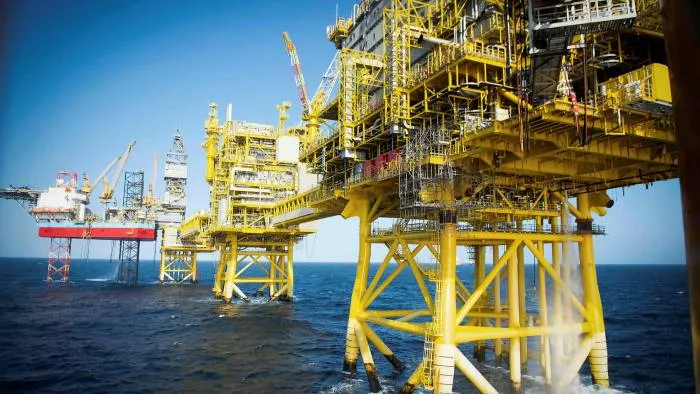
Brent crude was on course to settle at its highest level since the start of the pandemic, after Opec and its allies stuck with their plan to only gradually release more barrels into a strengthening oil market.
The international oil benchmark rose almost 3 per cent to $71.34 a barrel on Tuesday as Opec+ producers led by Saudi Arabia and Russia said that while demand is recovering, there are still persistent uncertainties linked to the pandemic that stop them increasing output further.
After a 30-minute virtual meeting, Opec+ ministers agreed to push on with their plan to slowly release more oil on to the market in July. Following increases in May and June, this would amount to a total rise of 2m barrels a day over the period.
Opec+ acknowledged in a statement “the ongoing strengthening of market fundamentals, with oil demand showing clear signs of improvement and . . . [oil inventories] falling as the economic recovery continued in most parts of the world”.
But Saudi Arabia’s energy minister Prince Abdulaziz bin Salman indicated he did not believe inflation was an immediate problem. He warned instead that he still saw “clouds on the horizon” for the oil market recovery.
“I’m not the right economist to talk to [about inflation], talk to Goldman Sachs . . . and hopefully they’ll tell you it’s a minuscule impact,” Prince Abdulaziz told a press conference after the meeting.
The group has flagged rising Covid-19 infections in India and Japan as one reason for their caution. The potential return of oil supplies from Iran, should it reach a new nuclear deal with the US, will also give the group a reason to proceed cautiously.
But the group’s own analysts have assessed that by the end of next month, global oil inventories, which provide a cushion against supply shocks, will have been drained below the average level of 2015-2019, priming the way for higher prices but also, potentially, for the group to eventually increase production faster.
Prince Abdulaziz, who is the son of the king and a half-brother to Crown Prince Mohammed bin Salman, said before the meeting that “the demand picture has shown clear signs of improvement and the oil market has welcomed the additional [Opec+] supplies” since April.

Producers are meeting monthly to decide on oil policy, after enacting steep supply cuts last April as demand cratered during the first lockdowns outside China.
Last year Opec and Russia enacted record cuts of 9.7m b/d, which they have begun to gradually unwind as travel resumes and cities open after months under lockdown. From July, curbs will stand at just under 6m b/d.
“The market is now facing the exact opposite dilemma of April 2020. Instead of a spiralling downwards demand shock . . . producers now have just as delicate a task to bring back enough supply to match the swiftly rising oil demand,” said Louise Dickson at Rystad Energy.
“The general worry is that higher producer and consumer prices will force central banks to taper their monetary stimuli and ultimately increase interest rates as the economies are overheating,” Varga said.
Prince Abdulaziz added that the kingdom — the world’s largest oil exporter — was also paying little heed to warnings from the International Energy Agency on the need to restrict investment in new production if net zero goals are to be met, saying they were in “La La Land”.




















